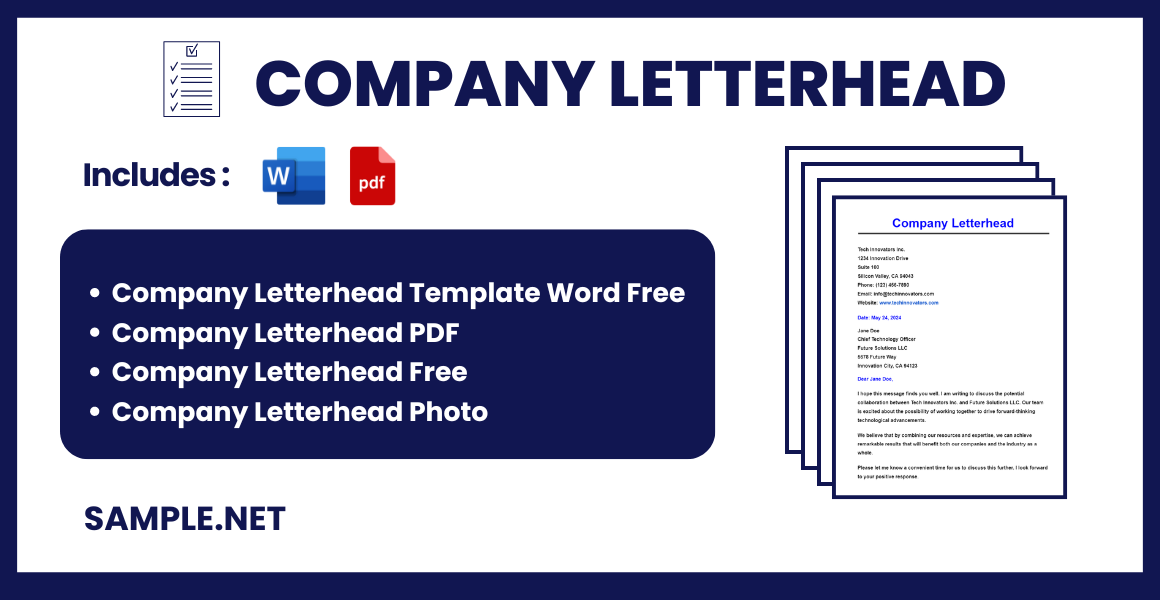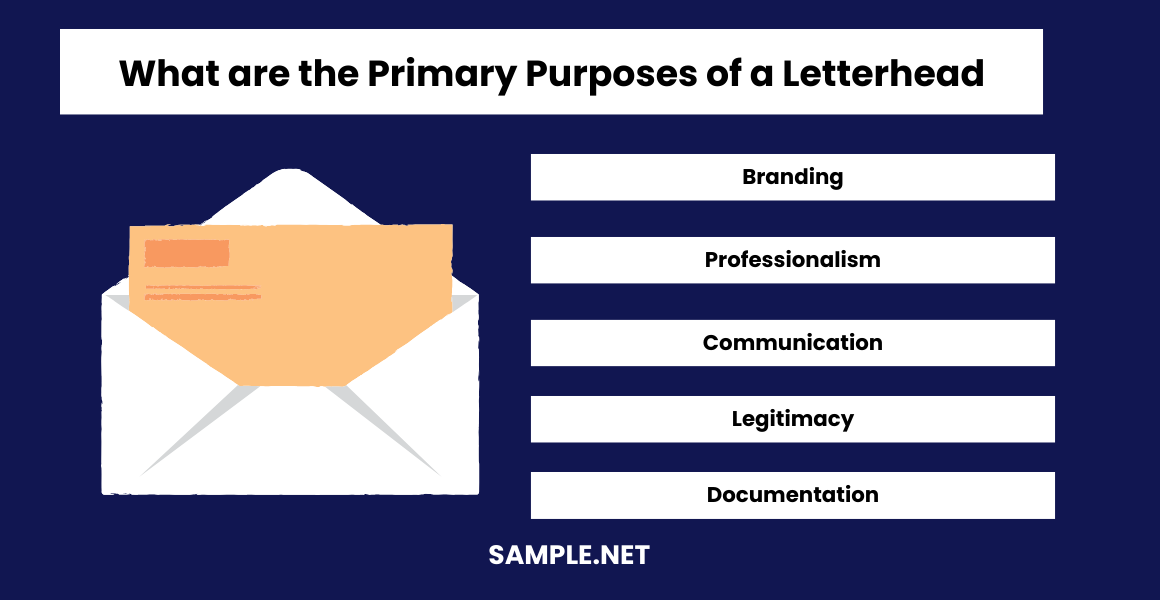Company Letterhead Samples
-
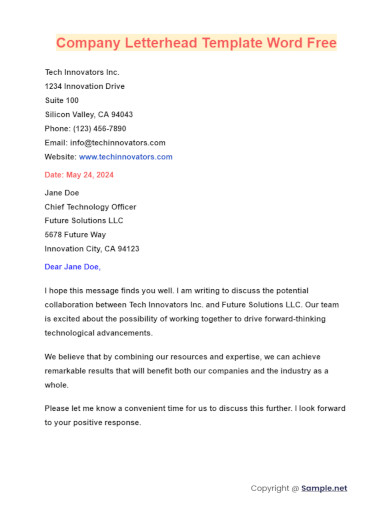
Company Letterhead Template Word Free
download now -
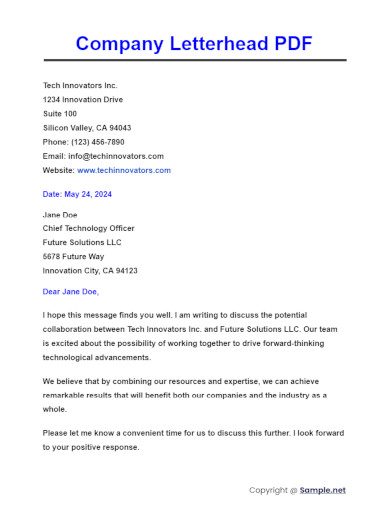
Company Letterhead PDF
download now -
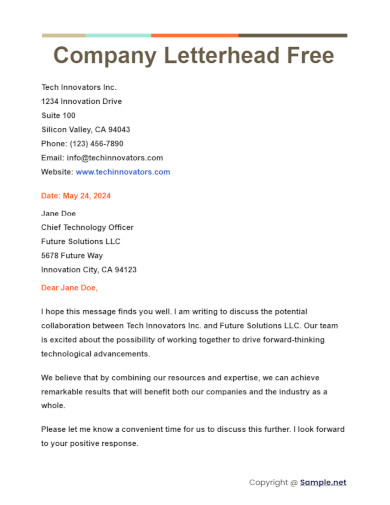
Company Letterhead Free
download now -
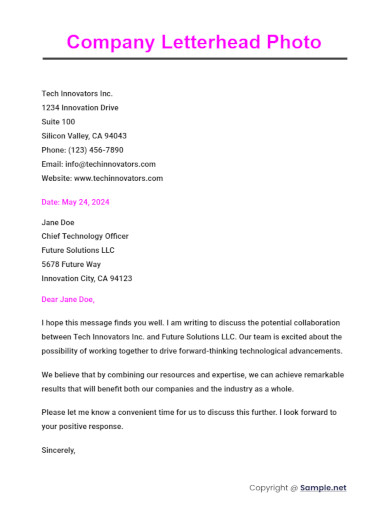
Company Letterhead Photo
download now -
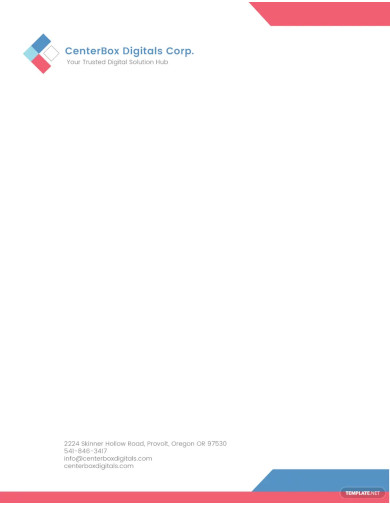
Company Letterhead Template
download now -
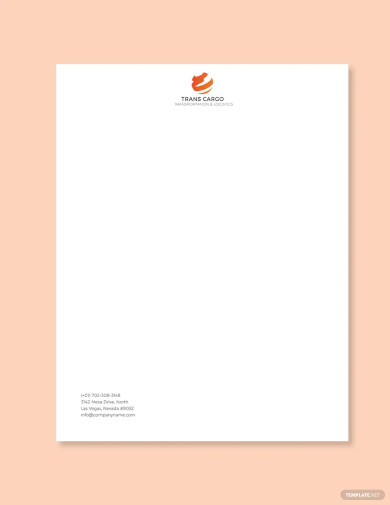
Trucking Company Letterhead Template
download now -
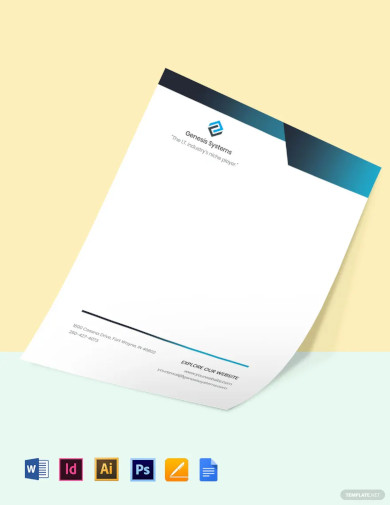
Software Company Letterhead Template
download now -
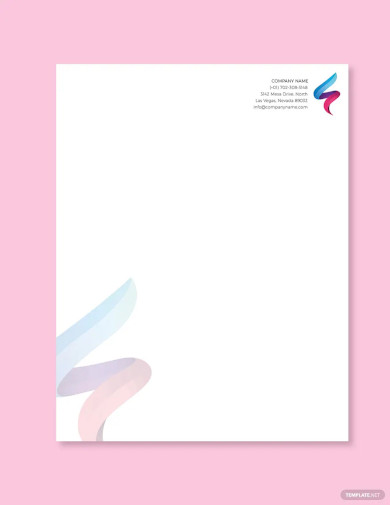
IT Company Letterhead Template
download now -
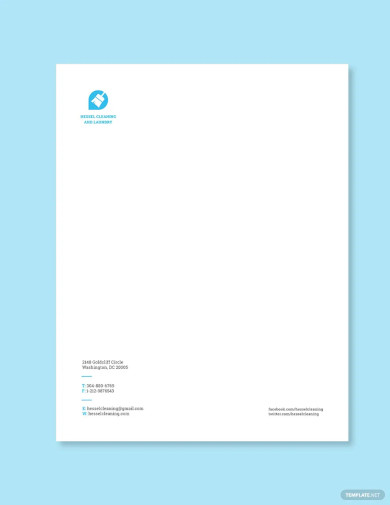
Cleaning Company Letterhead Template
download now -
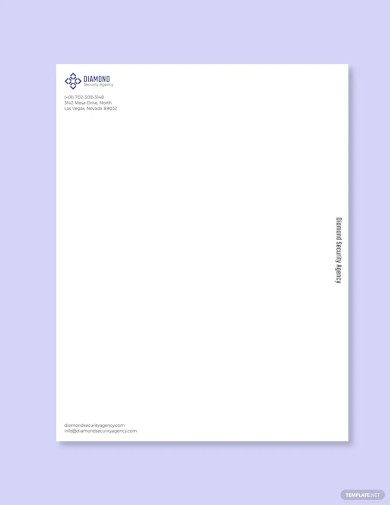
Security Company Letterhead Template
download now -
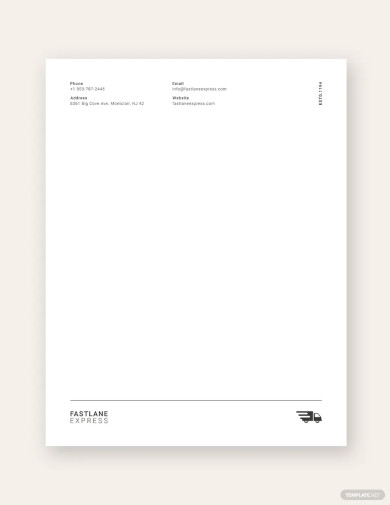
Logistics Company Letterhead Template
download now -
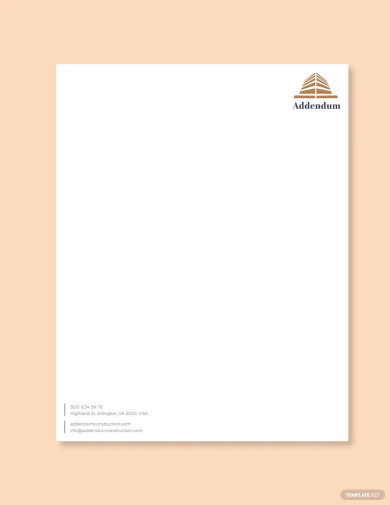
Construction Company Letterhead Template
download now -
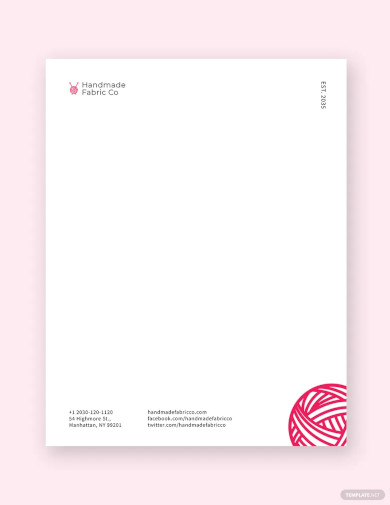
Fabrics Company Letterheads Template
download now -
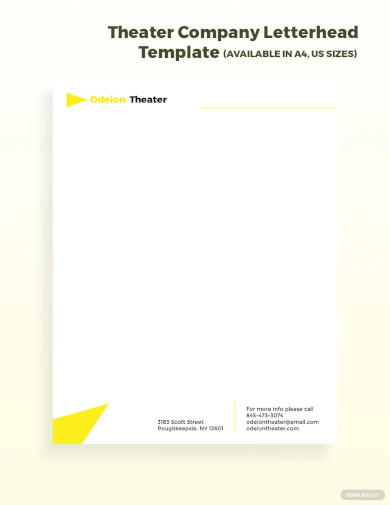
Theater Company Letterhead Template
download now -
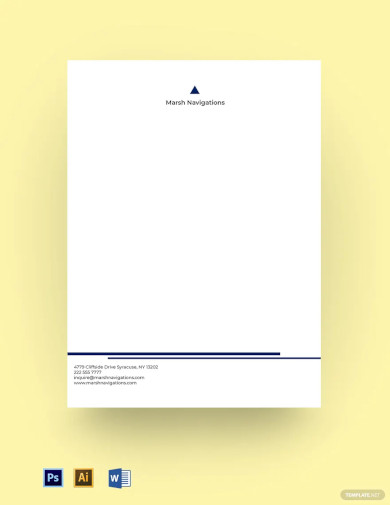
Startup Company Letterhead Template
download now -

Car Insurance Company Letterhead Template
download now -
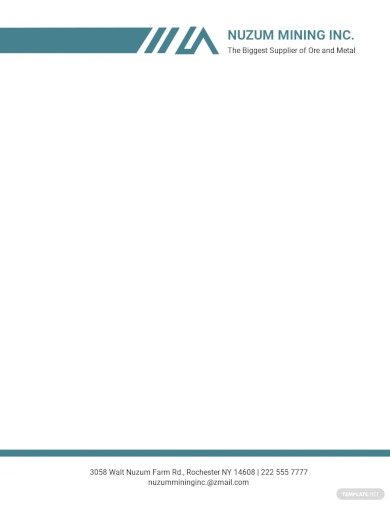
Free Mining Company Letterhead Template
download now -
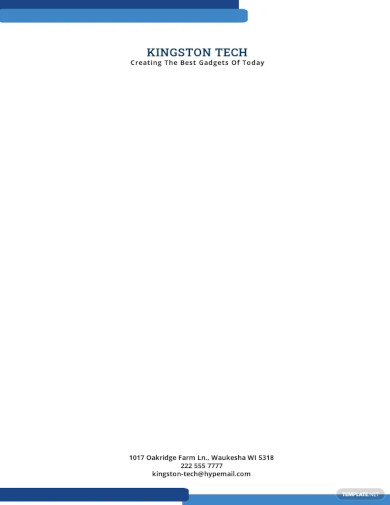
Company Letterhead Layout Template
download now -
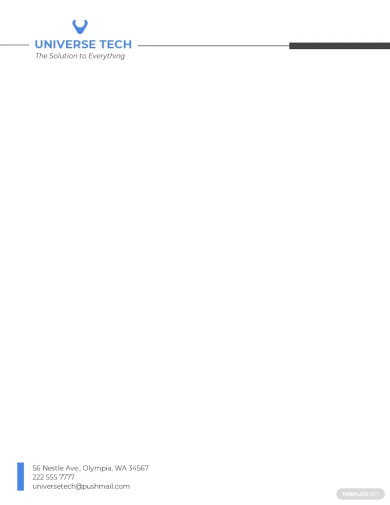
Technology Company Letterhead Template
download now -

Furniture company Letterhead Template
download now -

Energy supply company letterhead template
download now -
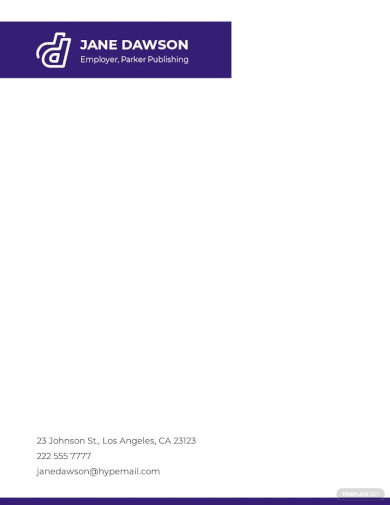
Employer on Company Letterhead Template
download now -
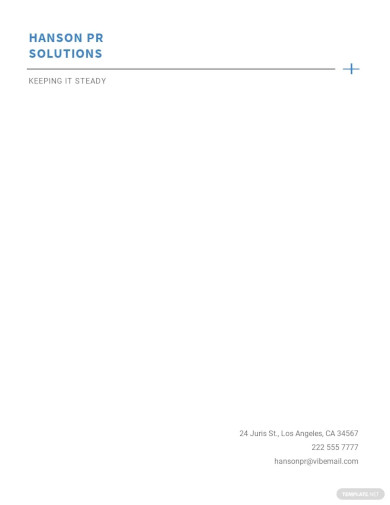
Public Relations Company Letterhead Template
download now -

Company Director Letterhead Template
download now -
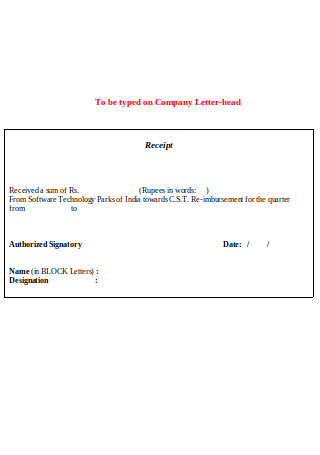
Company Letterhead Template
download now -
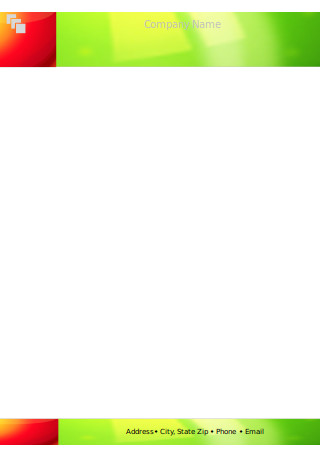
Free Format of Company Letterhead
download now -
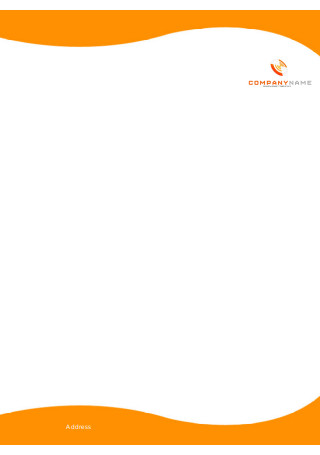
Blank Company Letterhead
download now -
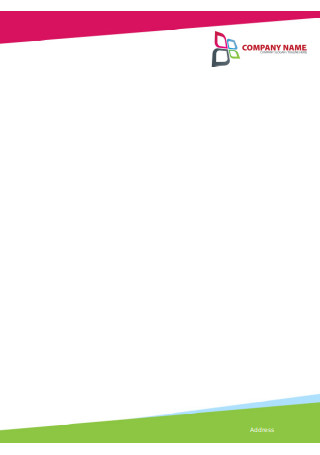
Basic Company Letterhead
download now -

Best Company Letterhead
download now -
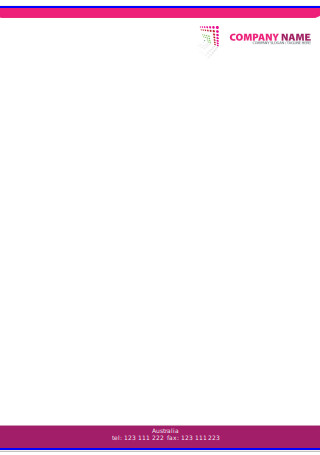
Editable Company Letterhead
download now -
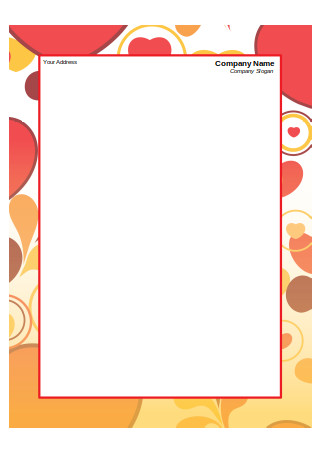
Framed Company Letterhead
download now -
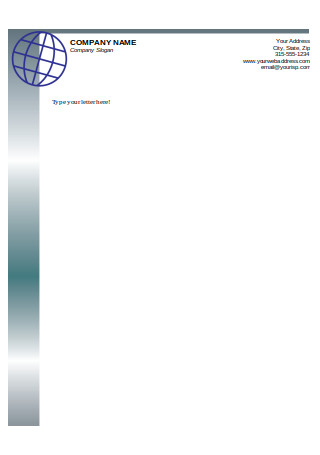
Sampe Company Letterhead Template
download now -

Printable Company Letterhead
download now -
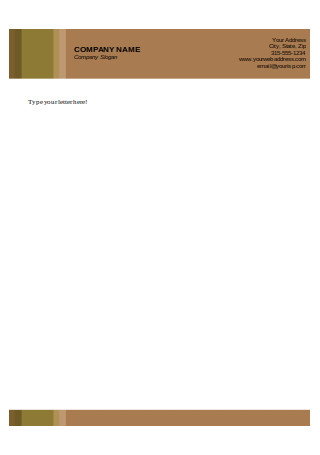
Simple Company Letterhead
download now -
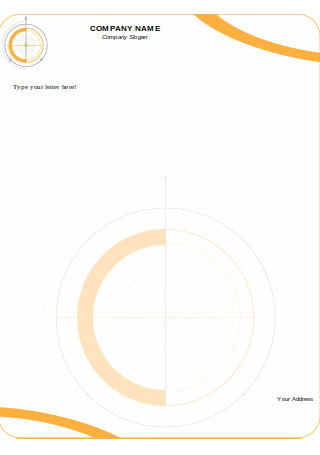
Designed Company Letterhead
download now -

Company Letterhead
download now -
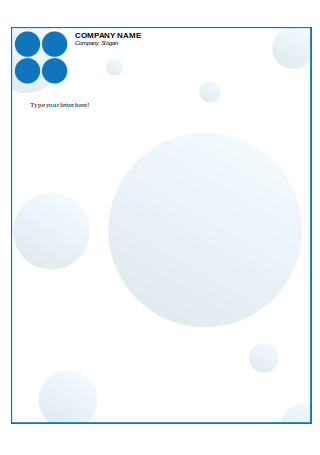
Free Company Letterhead
download now -
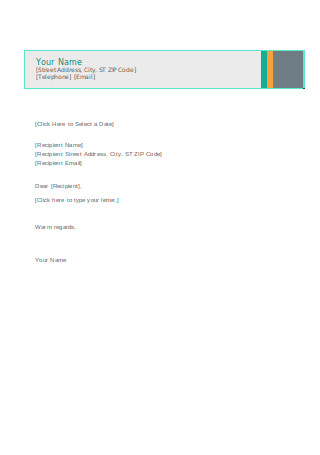
Company Letterhead Sample
download now -
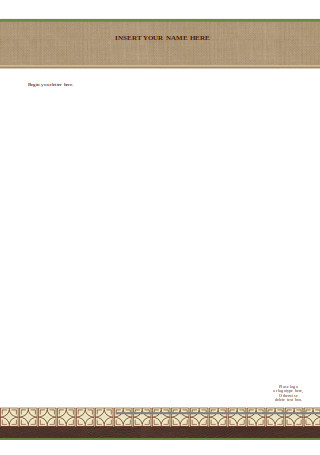
Sample Designed Company Letterhead
download now -

Readymade Company Letterhead
download now -

Easy Editable Company Letterhead
download now -

Company Letterhead Format
download now -

Sample Blank Company Letterhead
download now -

Readymade Company Letterhead Sample
download now -
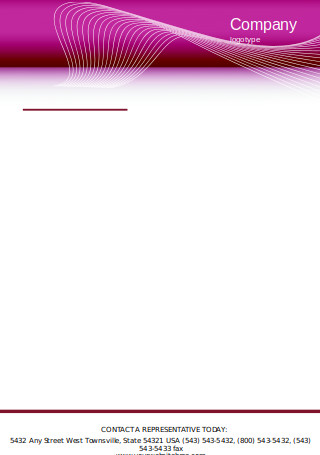
Format of Company Letterhead
download now
FREE Company Letterhead s to Download
Company Letterhead Format
Company Letterhead Samples
What Is a Company Letterhead?
The Roles of Letterheads in Business Correspondence
When to Use a Company Letterhead
How Do You Design a Stunning Company Letterhead?
How do I create a company letterhead?
What are the elements of a letterhead?
What are the primary purposes of a letterhead?
What legally needs to be on a letterhead?
What are the rules for letterhead?
What does standard letterhead look like?
What information must be on a company letterhead?
Is it okay to use company letterhead?
Is letterhead necessary for business letter?
Do companies still use letterhead?
What makes company letterhead official?
What information should be on a company letterhead?
Download Company Letterhead Bundle
Company Letterhead Format
[Company Logo]
[Company Name]
[Company Address]
[City, State, ZIP Code]
[Phone Number]
[Email Address]
[Website URL]
Date: [Date]
[Recipient’s Name]
[Recipient’s Position]
[Recipient’s Company/Organization Name]
[Recipient’s Address]
[City, State, ZIP Code]
Subject: [Subject of the Letter]
Dear [Recipient’s Name],
[Body of the letter]
Sincerely,
[Your Name]
[Your Position]
[Company Name]
What Is a Company Letterhead?
We define a company letterhead as stationery printed or engraved in a particular type of paper or cardstock. You can find it on print letters, memos, envelopes, and other business documents used to correspond with internal or external recipients, such as employees, clients, investors, and the media. And because it serves as a reflection of your business, crafting a design that suits what your company stands for should help you build your image to the public. Doing so will also make your business papers appear more credible and professional in the eyes of those who receive them.
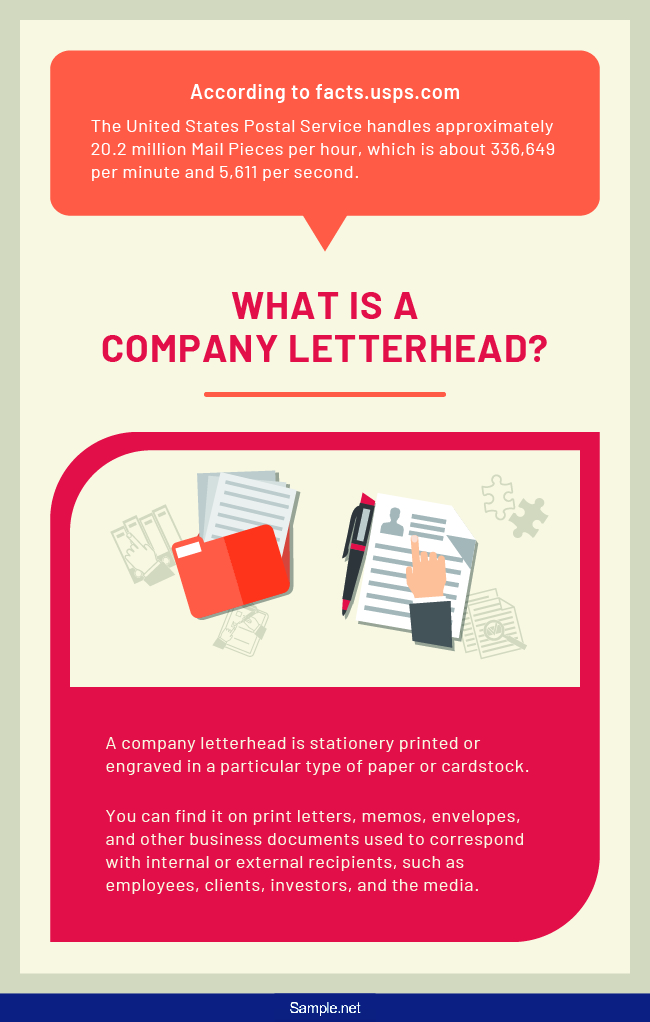
The Elements of a Letterhead
The United States Postal Service handles approximately 20.2 million mail pieces per hour, which is about 336,649 per minute and 5,611 per second. You can only imagine the number of formal letters that make up those quantities.
Among the many corporate letters that come in and out of the postal office, a handful of these letters have a letterhead printed in its cover. Quality letterheads can present itself in any given form or structure, as long as they serve as a visual representation of you and your brand.
The Roles of Letterheads in Business Correspondence
People often have the false assumption that only big corporations possess the need to use letterheads when corresponding with another party. While it’s easy to see why many well-established companies have letterheads in their stationery, that doesn’t make it exclusive to their usage. Businesses of all sizes, including small enterprises and individual companies, should consider using company letterheads for the following reasons:
When to Use a Company Letterhead
If you run a business, you know how important it is to have a letterhead ready in your stack of stationery. It was in 2016 when Statista recorded a total of 1,100 new business establishments in the United States with 250 to 499 employees. And because these establishments communicate with buyers and co-vendors regularly, you can expect a lot of them to use a company letterhead in their correspondence.
Although many of today’s businesses are working toward a paperless corporate environment through emails and text messages, letterheads are still an essential element to add to your letters, contracts, petitions, agreements, and other legal documents. Apart from bringing a sense of formality, company letterheads also lend additional legitimacy to your documents that plain paper and handwritten signatures lack.
How Do You Design a Stunning Company Letterhead?
Customizing your company letterhead is pretty easy, especially if you have a letterhead template to get started. But standing out is another goal you’ll want to achieve to make it easy to remember. It’s one reason to spend time refining your letterhead as you would with a personal portfolio, as this can say a lot about your business and the image it portrays.
Here are a few helpful tips for you can create your professional company letterhead.
1. Get the Details Right
Before anything else, gather the information you need for the letterhead. As previously mentioned, there are details that your audience will want to find in the letterhead for their professional use. Some of these details include your company name, address, and contact information. You can add more information to the heading, as you long as they remain pertinent to its purpose. You may also see Construction Company Timesheet
Also, ensure that there are no mistakes prior to having it printed or engraved on paper. The last thing you’d want is to have a letterhead bearing a misspelled business name written on all of your stationery.
2. Adapt to Your Target Audience
As you immerse yourself in a state of trying to perfect the lines, borders, and colors of your letterhead, it’s essential to take the time to pause and analyze whether your letterhead is appropriate to the people who will receive the document. Imagine if a law firm used pastel colors or script font for its letterhead. Not only does it fail to communicate the identity you want to build for your brand, but it can also be very misleading to your target audience. You may also see Company Contract
To avoid any branding mishaps, you should consider who you’re sending your letter to and modify the design to satisfy their preferences. Aim for a letterhead design that not only looks good but speaks volumes about your company’s personality as well.
3. Stay Consistent
A good tip for crafting any stationery is to pick a theme that you can focus on as the main feature of your design. It can be a specific color palette, shape, or image that you can use for your letterhead along with other print media. But uniformity doesn’t mean it has to be identical, as this will only make your design appear repetitive and boring. Instead, you’ll want to establish consistency. Doing so will make it easier for recipients to recognize your brand among a pile of documents. That way, people will no longer find it necessary to search for the name of the company that sent the letter. It’s a simple technique that many companies use to make sure the documents they produce can stay on brand. You may also see Company Budget
4. Experiment with Color
Choosing the right color palette can be tricky. In your quest to make a simple but unique design, you may end up with a letterhead that says nothing about your business. Likely, the colors you first imagined in your head don’t look as pleasing when put to paper. Thus, be sure to use colors cautiously.
Since we all know how colors tend to be manipulative in terms of the psychological impact it leaves its audience, don’t be afraid to play around with it. You can still incorporate your brand colors into the scheme as long as they complement the rest of your letterhead design. You may also see Construction Company Proposal
5. Add Creative Illustrations
While it may not apply to all, you still might want to try taking a modern approach with your letterhead by integrating a photo or illustration, which is relevant to your business, into the design. It’s a technique that those in the industry of photography, architecture, or graphic design can apply to make a lasting impression on their audience. It’s not the craziest idea, but it’s certainly one that you should test out before making your finishing touches. Be sure you’re familiar with the magic of gradients and transparencies so you can attain the desired look and feel of futuristic design. You may also see Company Emergency Action Plan
6. Create a Visual Hierarchy
Visual Hierarchy is a principle that applies to all aspects of graphic design. Arranging these elements in their order of value is essential, as it guides readers in knowing what to read first. For instance, if you use a header and a footer for your letterhead, you can let the latter mirror the former, without driving the attention away from what readers are meant to find. The same concept applies to the flow of information in your letterhead’s content. You may also see Company Proposal
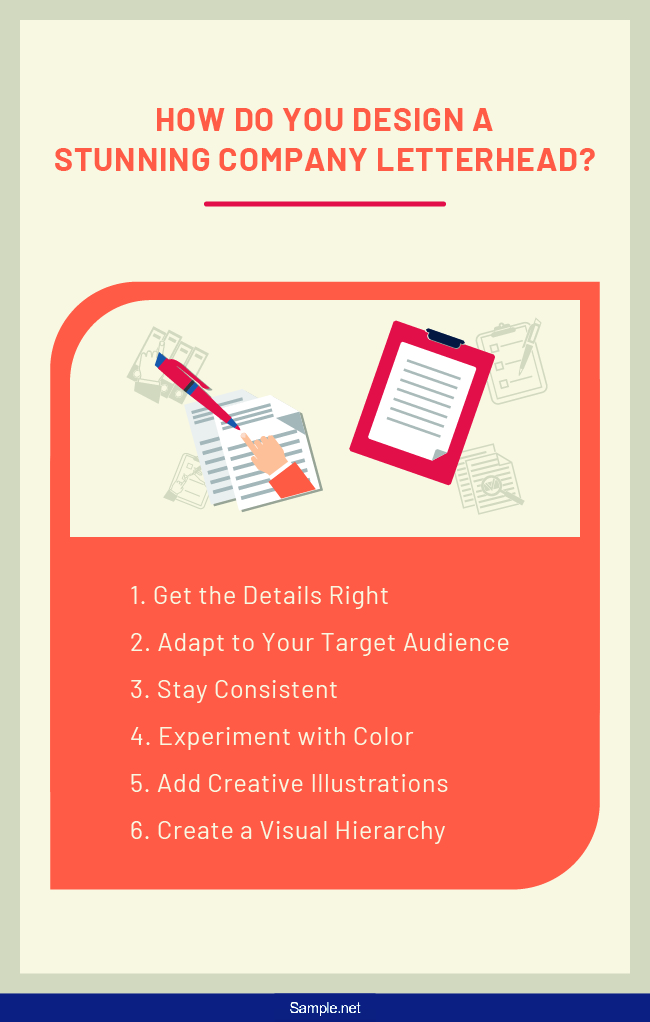
How do I create a company letterhead?
Creating a company letterhead involves several key steps to ensure professionalism and brand consistency. Here’s a detailed guide:
- Choose a Template: Start with a professionally designed template that suits your brand’s style.
- Include Company Logo: Place your logo prominently at the top of the letterhead. You may also see Consent Form
- Add Contact Information: Include the company’s address, phone number, email, and website.
- Select Fonts and Colors: Use fonts and colors that align with your brand identity.
- Finalize Layout: Ensure all elements are well-aligned and the layout looks balanced. This can be part of your Company Introduction Letter.
What are the elements of a letterhead?
A well-designed letterhead includes several crucial elements that convey your company’s professionalism and identity:
- Company Logo: The logo is a key branding element placed at the top.
- Company Name: Clearly state the company’s name. You may also see Order Form
- Contact Information: Include address, phone number, email, and website.
- Tagline or Slogan: Optional but can reinforce your brand’s message.
- Legal Information: Any required legal details, like the Company Incorporation Certificate.
What are the primary purposes of a letterhead?
A company letterhead serves multiple essential purposes in business communications:
- Branding: Reinforces brand identity through consistent use of logos and colors.
- Professionalism: Conveys a professional image in all official documents. You may also see Data Entry Form
- Communication: Provides essential contact information for recipients.
- Legitimacy: Offers proof of authenticity and legitimacy of the document.
- Documentation: Used in formal communications like a Beauty Salon Company Profile.
What legally needs to be on a letterhead?
Certain legal requirements must be met when designing a company letterhead:
- Company Name: The full legal name of the company. You may also see Enrollment Form
- Registered Address: The official address where the company is registered.
- Company Registration Number: As per your country’s legal requirements.
- Directors’ Names: Sometimes required to list directors, particularly in certain jurisdictions.
- Additional Legal Statements: Any other legal disclaimers or information mandated, such as details from a Company Affidavit.
What are the rules for letterhead?
Designing a company letterhead should follow specific rules to ensure it is professional and compliant:
- Consistency: Maintain consistent use of logos, colors, and fonts across all documents.
- Legibility: Ensure all text is clear and easy to read. You may also see Quotation Form
- Professional Design: Avoid clutter and keep the design clean and professional.
- Accurate Information: Verify all contact details and legal information for accuracy.
- Appropriate Use: Use the letterhead for official business communications only, such as Company Brochures.
What does standard letterhead look like?
A standard letterhead includes the company logo, name, address, phone number, and email. It typically follows a professional design format, similar to a Company Fact Sheet.
What information must be on a company letterhead?
A company letterhead must include the company’s name, logo, address, phone number, and email. Additional details might include the Company Shareholders Agreement.
Is it okay to use company letterhead?
Yes, using company letterhead is okay for official communications. It ensures professionalism and brand consistency, just like using a Beauty Company Profile.
Is letterhead necessary for business letter?
Yes, a letterhead is necessary for a business letter. It adds credibility and professionalism to your communication, similar to an Investment Company Business Plan.
Do companies still use letterhead?
Yes, companies still use letterhead for official documents and communications. It remains a vital part of business practices, akin to maintaining an updated Company Sheet.
What makes company letterhead official?
A company letterhead is official when it includes the company’s legal name, logo, address, and other required details. It should align with IT Company Contract.
What information should be on a company letterhead?
A company letterhead should include the company name, logo, address, phone number, and email. Additional legal or compliance information might be needed, following a Company Checklist.
In conclusion, a well-designed company letterhead is vital for professional business communication. This guide has covered the key aspects of creating an effective letterhead, including Sample Letters, forms, and practical uses. Whether updating your current design or starting from scratch, the information provided will help you create a letterhead that stands out and reflects your brand accurately. Remember, a good letterhead not only enhances your company’s image but also provides clear and consistent information to clients and partners. For additional insights, consider including a Feedback Form to gather client opinions on your letterhead design.

